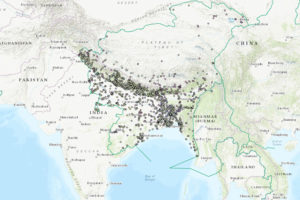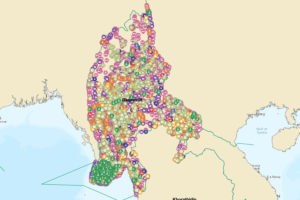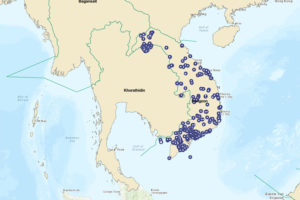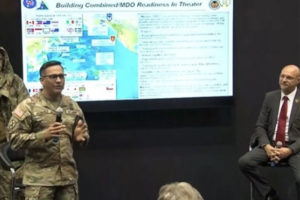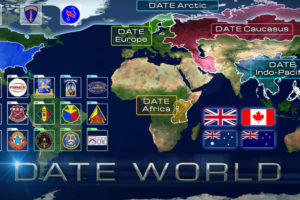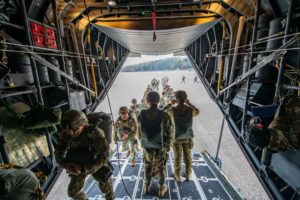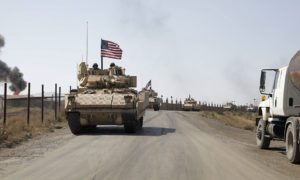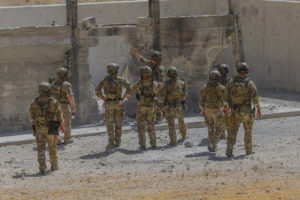DATE
Himaldesh is recognized internationally as a nuclear-weapon state. The military possesses more than 160 nuclear munitions and can produce its…
READ STORY
https://g2webcontent.z2.web.core.usgovcloudapi.net/OEE/DATE/Force%20Structure/20240411-Bagansait-Strategic-Forces.zip
READ STORY
The Sungzon People’s Armed Forces (SPAF) are under the command of the Central Military Commission of the Communist Party. They…
READ STORY
HUNTSVILLE, Ala. — The U.S. Army Training and Doctrine Command G2 Opposing Forces Directorate and the Joint Pacific Multinational Readiness…
READ STORY
Maintaining a Competitive Advantage: The Role of DATE World in US Army Training The US Army faces a continuous challenge…
READ STORY
EVALUATE The evaluate phase determines the quality of learning resources and how well they accomplished exercise/event goals. It is the quality control mechanism…
READ STORY
The planning phases (analyze, design, and develop) set the foundation for the training to be conducted and for individual Soldiers and…
READ STORY
After exercise parameters are defined, exercise training objectives are prioritized and approved, and unit training tasks are selected, the planner…
READ STORY
The purpose of the design phase is to conceptualize the execution of the event or exercise. Design activities provide the framework and drive…
READ STORY
Before beginning scenario development in support of an event or exercise, one must first conduct the analysis phase. Analysis is…
READ STORY


